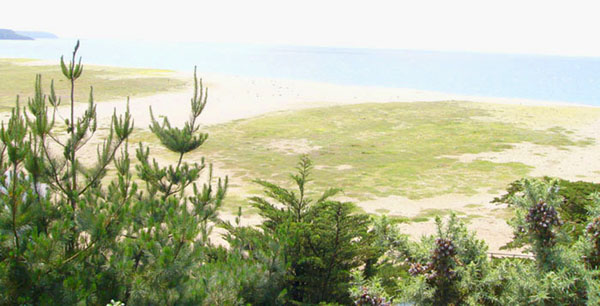
Is it Salt Tolerant?
Sometimes it's possible to make a guess
What's in a name
The descriptive part of the Latin name – usually the last part – can suggest salt-tolerance. Look for plants with names like `littoralis’ (of the shore) or `maritimus’ (of the seaside). Some names imply an island origin, e.g. `canariensis’ (of the Canary Islands). Or you can choose plants which are named after regions by the sea, e.g. `californiensis’ (from California) or `japonicus’ (from Japan).
Winning colours
Silver, grey or blueish leaves can suggest salt tolerance. `Glaucous’ (blueish green) foliage is beautiful and often salt-resistant.
Tough customers
Many salt-tolerant species have specially adapted surfaces. Choose plants with bristly, hairy or leathery leaves that will shed salt-laden rain.
Useful relations
If you find a plant which is related to another that you know to be salt- tolerant, then there’s a chance that the new plant will be salt-tolerant too. But this doesn’t always hold true.
Sheltered accommodation
Of course, when you have established natural or synthetic windbreaks, you will have created a more benign climate for your plants.
